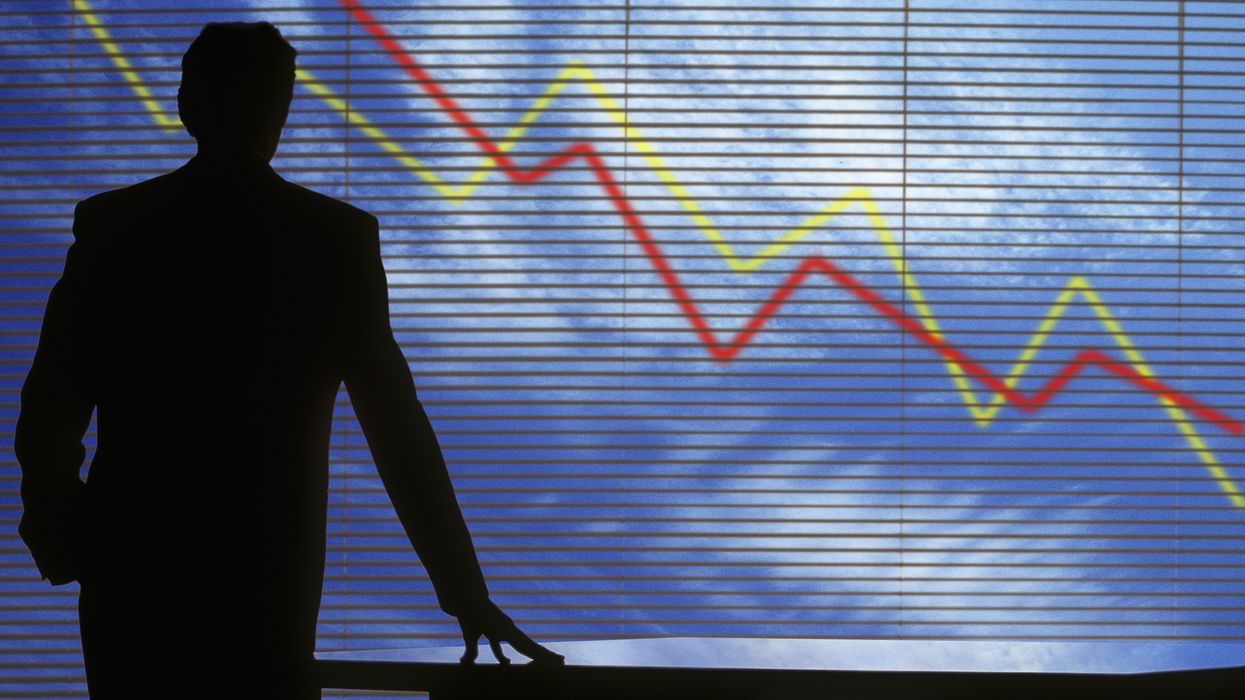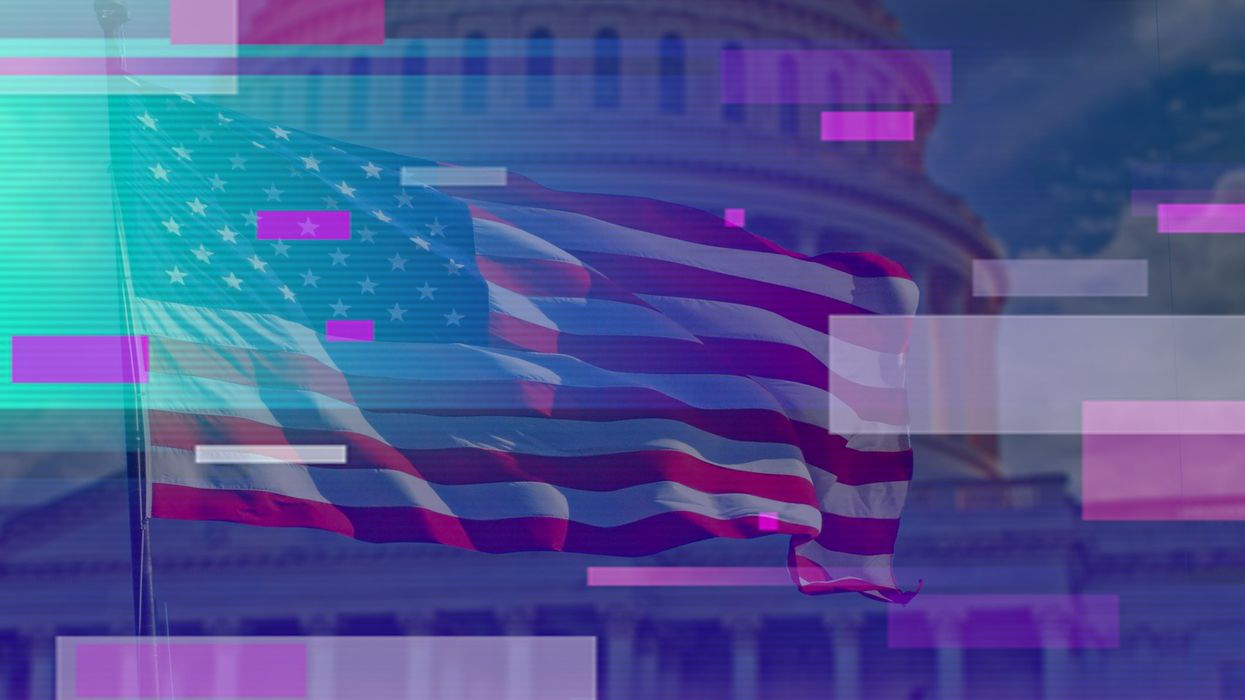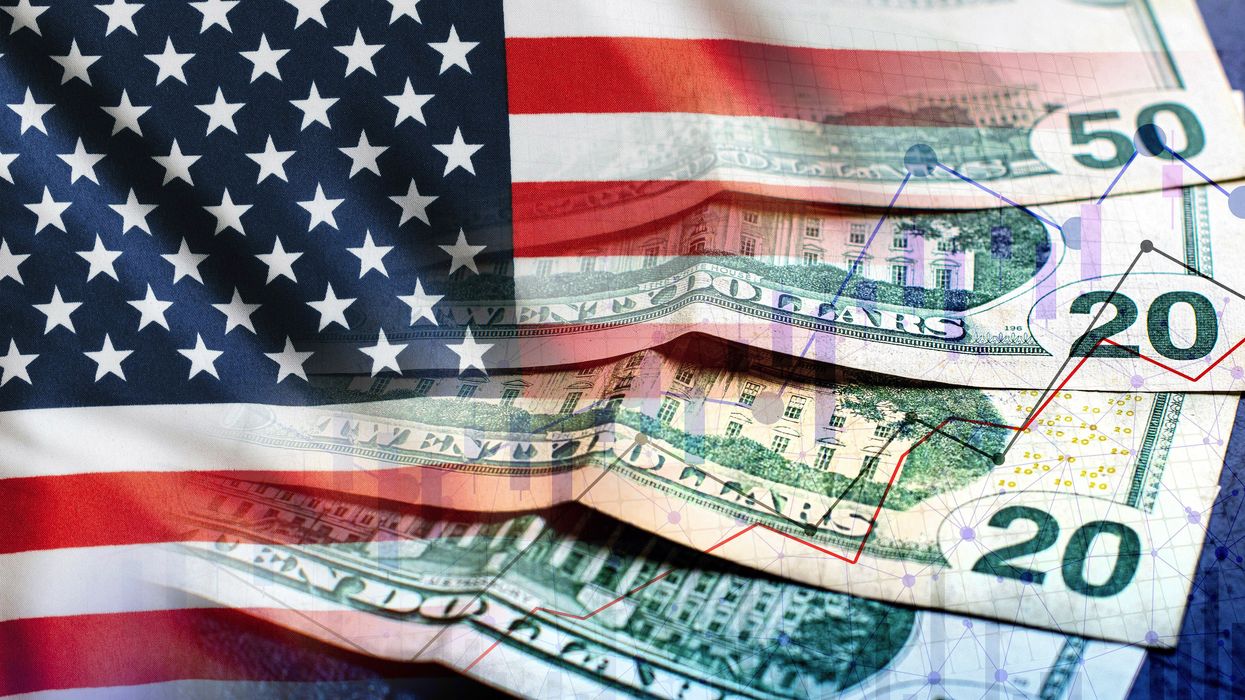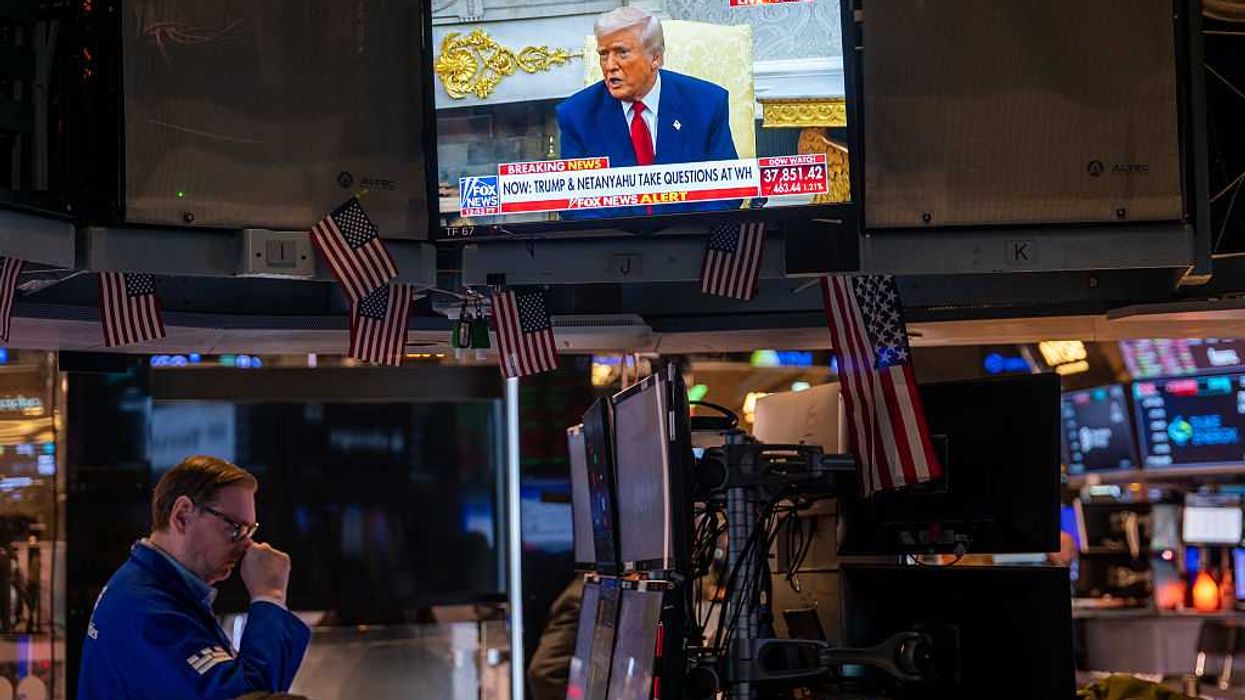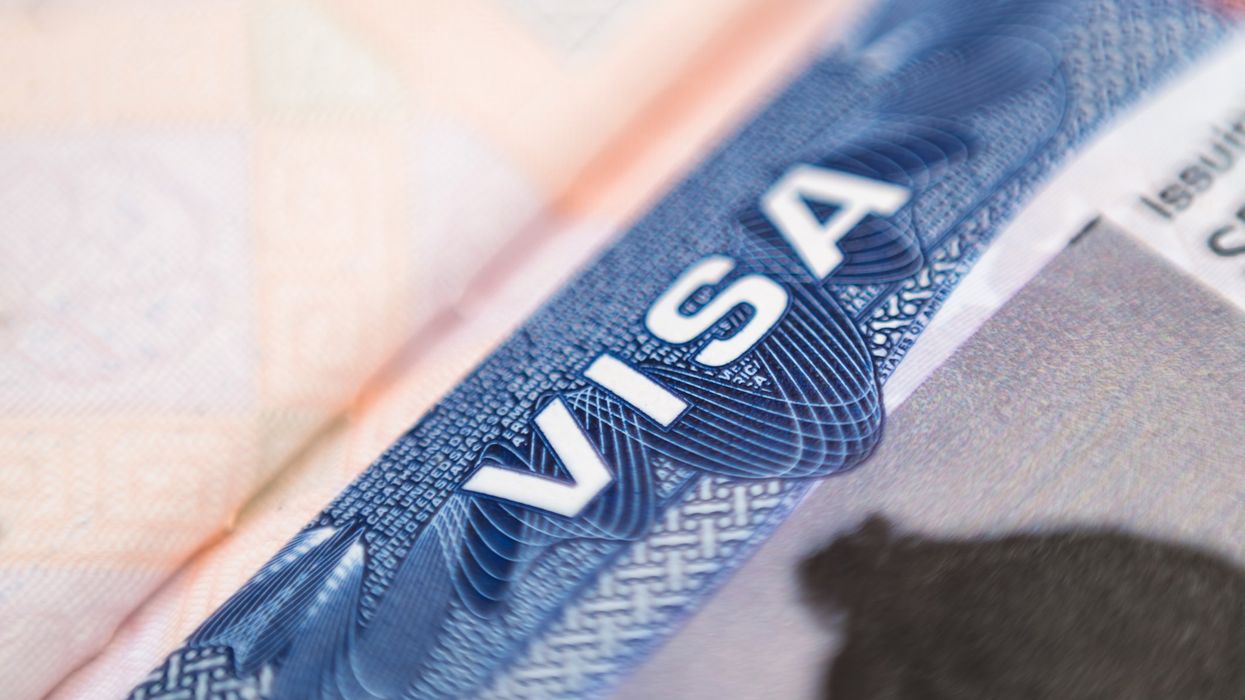The Confidence Collapse
Consumer confidence is plummeting—and that was before the latest Wall Street selloffs.
According to the Conference Board, the index has fallen for four straight months, hitting its lowest level since 2020—even dipping below where it stood during peak inflation in 2022. Americans’ outlook for income, business conditions, and jobs has plunged to a 12-year low, historically a red flag for a recession.
What’s striking is how broad-based the pessimism has become. While inflation has cooled and the job market remains strong, Americans no longer trust the good news will last. The sharpest decline in optimism came from older Americans—typically more financially stable but increasingly anxious about rising healthcare costs, housing insecurity, and the sustainability of retirement savings in a chaotic policy environment. For many, it’s no longer just about prices at the pump—it’s about whether they can count on Washington for economic stability. If Wall Street is any indication, the answer is increasingly no.
Small Business Alarm Bells
That unease isn’t limited to households and investors. Small businesses—the economy’s traditional bellwether—are growing more jittery by the day.
The U.S. Chamber of Commerce’s Small Business Index shows confidence dropped in Q1 2025 to levels not seen since early 2024, erasing the modest post-election bump in optimism. The usual culprits remain sticky inflation, labor shortages, and tight credit. But a deeper concern looms—uncertainty about the policy landscape itself.
Unlike large firms with legal and financial departments, small businesses can’t easily navigate shifting tax codes or regulatory whiplash. The pending expiration of provisions in the 2017 Tax Cuts and Jobs Act, Trump’s escalating tariff threats, and Congress’s fiscal dysfunction have left many owners unsure how to plan. In this climate, standing still feels safer than trying to grow.
Many are postponing investments, freezing hiring, or shelving expansion plans altogether. Even healthy firms are opting for caution over ambition. Scaled up across the economy, those decisions will have consequences.
Financial Strain Beneath the Surface
The fallout from this uncertainty is showing up in harder numbers.
According to the New York Federal Reserve, credit card delinquencies over 90 days reached a 13-year high in late 2024. For many families, the financial runway is vanishing. Wages haven’t kept pace with years of elevated costs. Rent, insurance, and food prices remain stubbornly high. More households are leaning on credit—and increasingly falling behind.
These pressures ripple through the broader economy. Shrinking consumer spending hurts businesses, especially in retail and services. Just as damaging, financial stress dampens risk-taking. People delay home purchases. Entrepreneurs shelve new ventures. Mobility stalls.
The result isn’t just an economic drag—it’s a growing fear of stagflation: a toxic combination of high inflation, slow growth, and rising unemployment. Traditional tools become ineffective. Raise rates and you deepen job losses. Stimulate demand and you risk reigniting inflation. It’s a scenario the U.S. hasn’t seen since the 1970s—and one policymakers are desperate to avoid.
Signal or Noise?
So, is this a real turning point—or just more volatility in a noisy economy?
Fed Chair Jerome Powell recently noted: “There have been plenty of times where people say very downbeat things about the economy and then go out and buy a new car.” That paradox defined much of the Biden era—gloomy sentiment alongside strong spending. But today, the mood and the data may finally be aligning.
Confidence doesn’t just reflect reality—it helps shape it. When consumers pull back and businesses retreat, a slowdown becomes self-fulfilling. If left unchecked, this cycle could tip the country into stagflation.
Avoiding that outcome requires more than rosy headlines—it demands coordinated action.
First, Congress must reassert control over fiscal policy. Relying on stopgap measures, like continuing resolutions, weakens oversight and cedes power to the executive. A clear, coherent budget—with long-term tax guidance—would help restore predictability. Recent moves by some Republicans to challenge Trump’s tariff powers are a welcome sign—but may be too little, too late.
Second, the White House must turn down the volume. Erratic messaging on trade, taxes, and regulatory shifts only fuels anxiety. Predictability—not provocation—is what markets need. Unfortunately, unpredictability is what this president excels at.
Third, the Federal Reserve must stay vigilant—but flexible. It must curb inflation without ignoring signs of economic fatigue. Overcorrect, and the Fed could spark the very crisis it’s trying to avoid.
Restoring confidence doesn’t require a soaring stock market. It requires trust—trust that leaders understand the risks, have a plan, and won’t blink when things get tough. Right now, that trust is fragile. If it breaks, the gap between perception and reality may collapse into something far harder to manage.
Robert Cropf is a Professor of Political Science at Saint Louis University.




